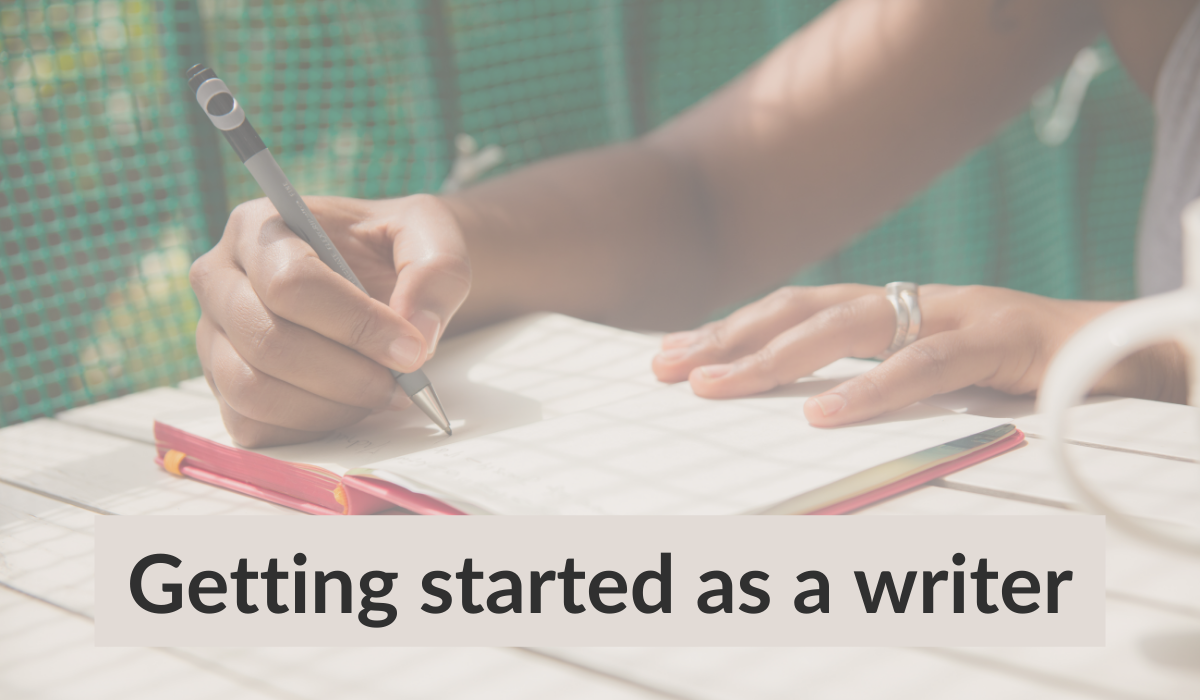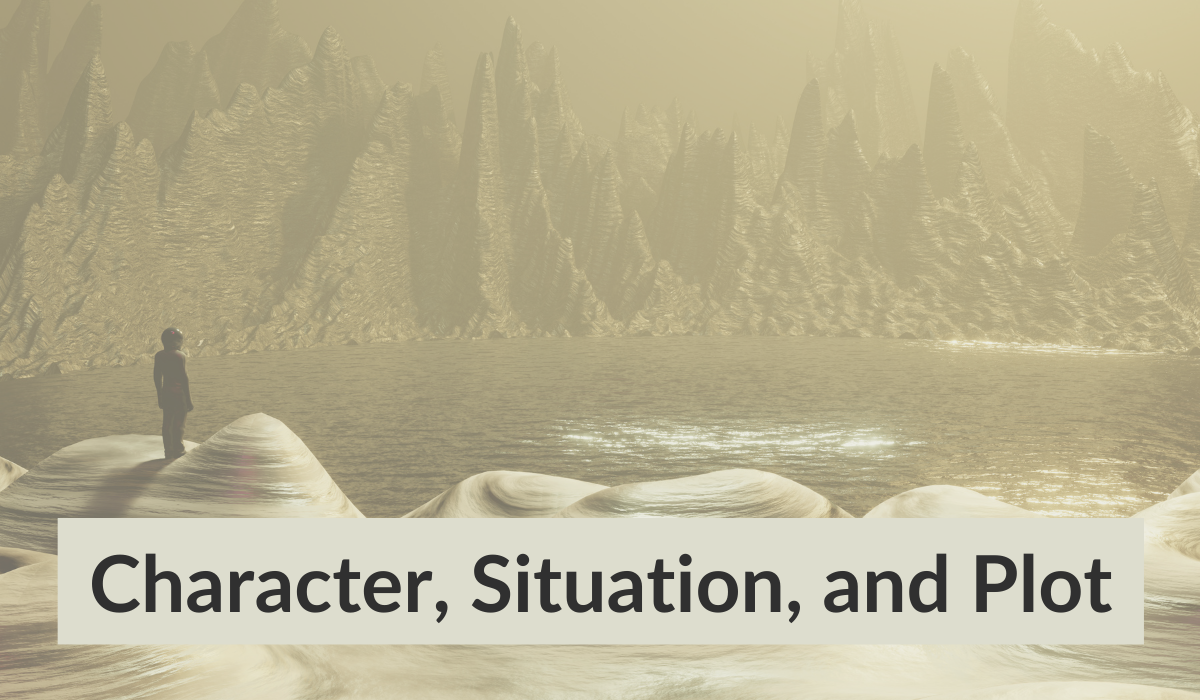‘Nothing so solidly anchors a work of fiction in readers’ minds as knowing when and where something is taking place.’ Ron Rozelle, Description & Setting.
Nancy Kress says in Beginnings, Middles, & Ends, ‘The truth is, you have about three paragraphs in a short story, three pages in a novel, to capture that editor’s attention enough for her to finish your story…(so) incorporate the qualities that make an opening interesting and original: character, conflict, specificity, and credibility.’
Perhaps it’s just me but when I start reading a story I lose patience very quickly if I can’t figure out what’s going on, where it’s happening and who it’s happening to. Even feeding in something like the character’s name helps make a connection for me because I want to empathise with the character as quickly as possible, or the situation, or else I find the story a struggle.
I made a faux pas recently with a submission, realising at the last moment that I had introduced a new character in a scene, someone who was going to be there to the end of the novel and I didn’t even feed in any details of what he looked like leaving the guessing of who he was to the reader by his conversation with one of the main characters. Even though I gave his name and characterised him through dialogue, I knew I should have wove in a few more details.
I definitely do not want to get to the end of a short story or chapter and find out that it was not set in modern times but actually sixty years ago or a character looks nothing like I thought they did. Feeding in details about character, location and period as soon as possible assists the reader. For example:
‘While they drink vodka and orange juice in the trailer park on the cliffs above Lake Huron, Neil Bauer tells Brenda a story.’ Opening line in ‘Five Points’ by Alice Munro, Friend of my youth.
‘She said she didn’t care where he let her off. ‘Just wherever you’re going,’ she had told him as she climbed in, and the indifference with which she’d spoken left him uncomfortable. He turned back to the road and didn’t say anything more until the truck rounded the dusty track leading up into the Andalusian village he’d lived in all his life.’ Opening paragraph of ‘Free’ by Claire Wigfall, The Loudest Sound and Nothing.
‘Shortly after the priest died, a woman moved into his house on the Hill of Dunagore. She was a bold spear of a woman who clearly wasn’t used to living on the coast: not five minutes after she’d hung up the wash out on the line, her clothes were blown halfway up the bog. Margaret Flusk had neither hat nor rubber boots nor man.’ Opening lines of ‘Night of the Quicken Trees’ by Claire Keegan, Walk the Blue Fields.
Yes, I think it is just me. As I looked for examples of intriguing beginnings in a variety of short stories, I found that I was drawn to the ones that introduced characters and characterised them quickly, along with hints about location and time.




